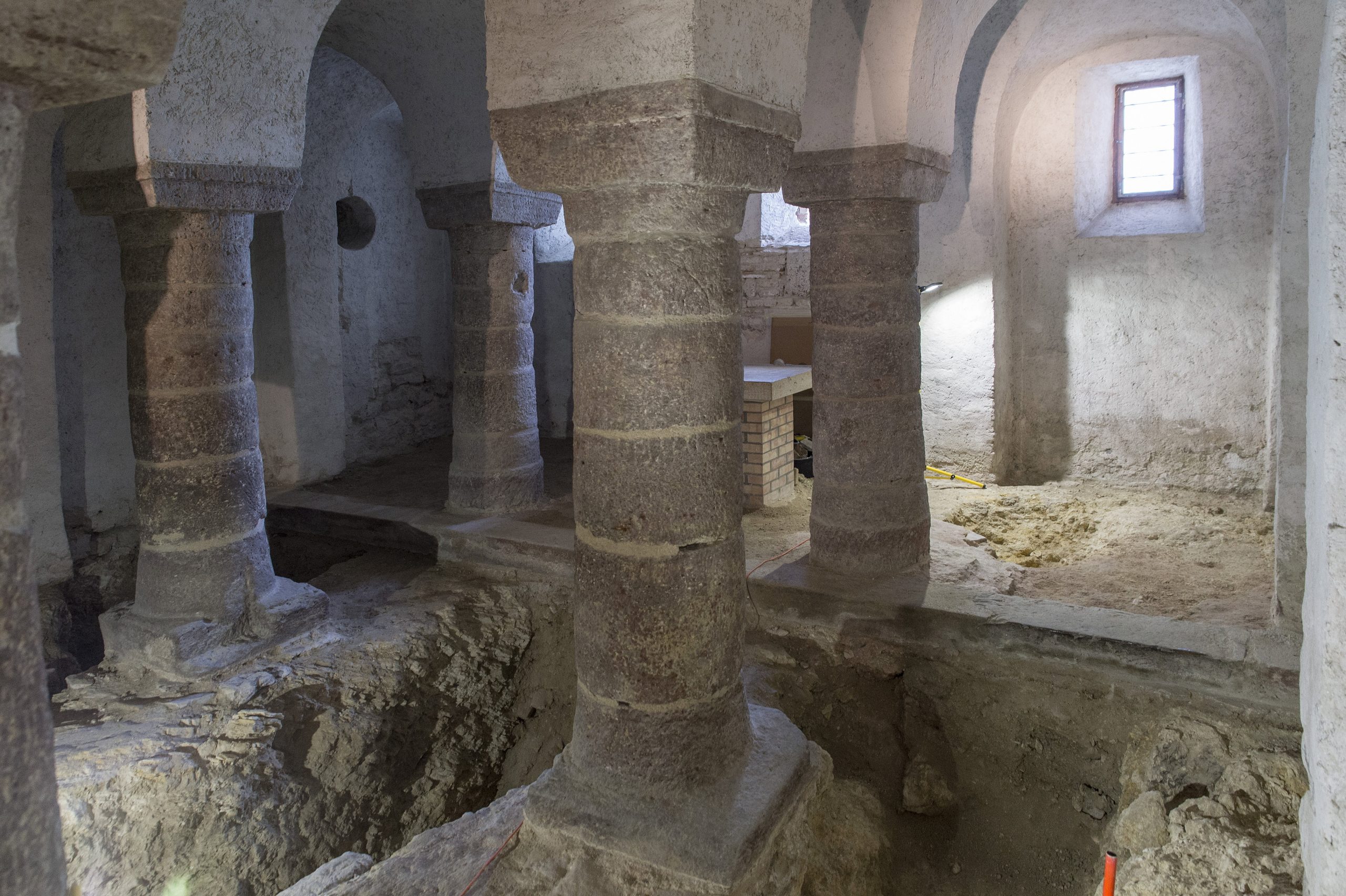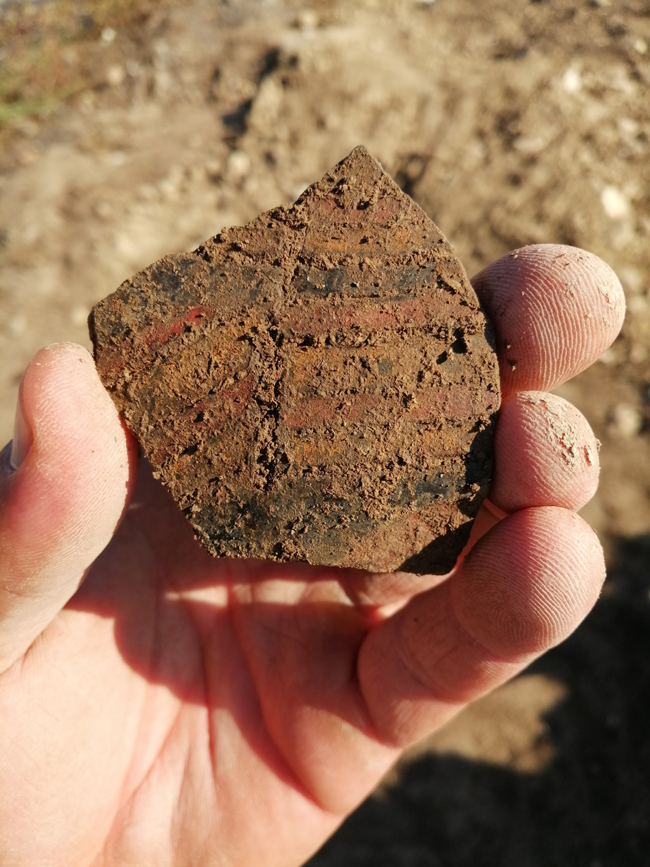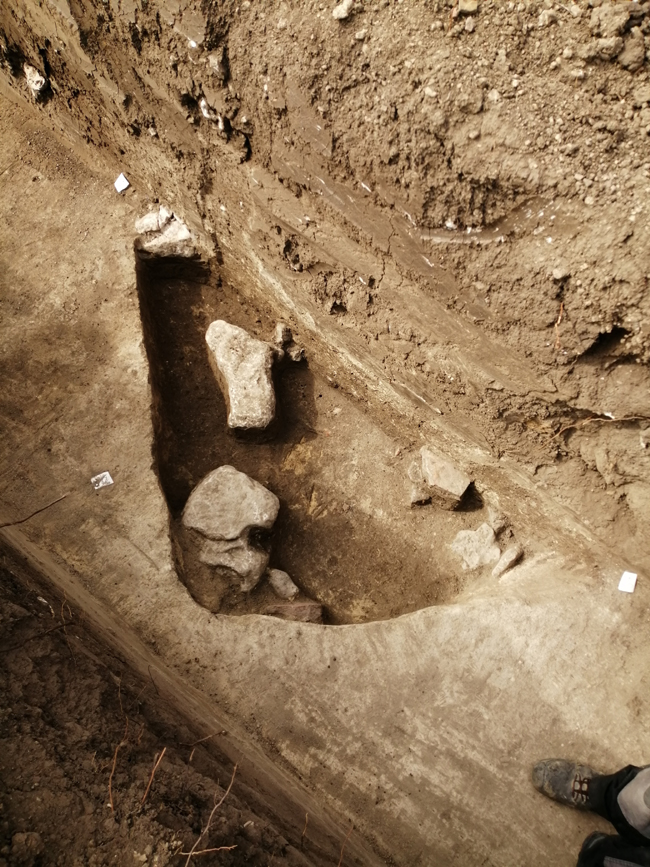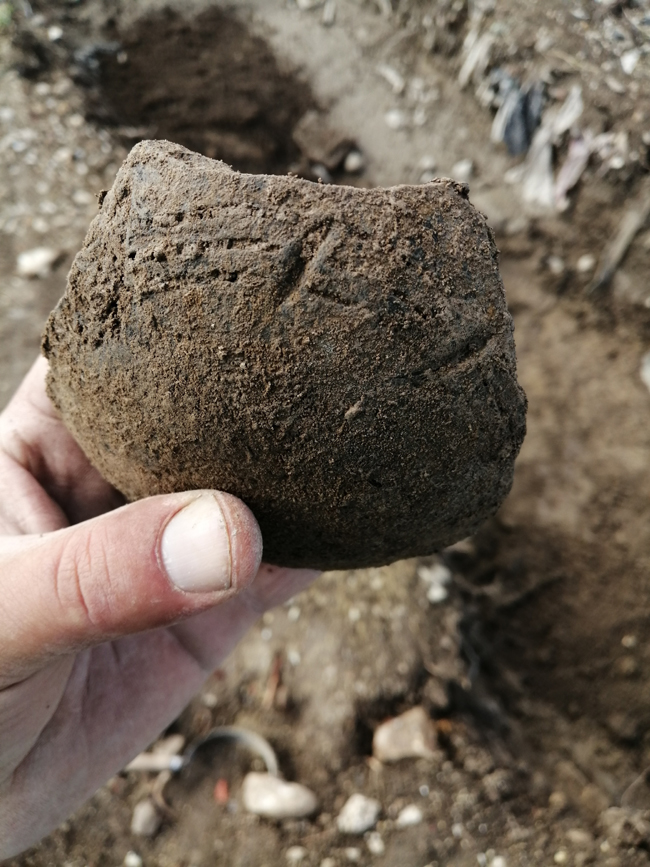
The bones collected in the Royal Crypt of the Abbey of Tihany are most likely the remains of the founder of the abbey, King Andrew I, or one of his relatives.Continue reading

Remains of a 7,000-year-old prehistoric settlement were discovered on Madárhegy (“Bird Mountain”) in the XI district. Archaeologists found pottery shards and animal bones left by Stone Age people, reports the portal regeszet.aquincum.hu.
This article was originally published on our sister-site, Ungarn Heute.
In 2016, in the so-called Spanyolrét, in the area of the XI district on the border with Budaörs, a previously unknown Neolithic site was discovered during the construction of a residential building. In the following years, smaller excavations were carried out during the excavation of the foundations of two other dwellings in this settlement, which is about 7,000 years old, writes the archaeological portal.
In September of this year, the sewerage and waterworks started at Madárhegy. During the demolition works, archaeologists found more than 50 archaeological objects buried in the ground in narrow (60-100 cm wide) utility trenches.
The objects were mostly ceramic fragments and animal bones left by those of the Stone Age. Based on the fine ceramic pieces with incised and painted decoration, the majority of the finds can be assigned to the so-called Zseliz group of the Danubian Bandkeramic Culture. However, there were also pieces with earlier clay head decoration. Only some small round postholes indicate the possible location of the half-timbered houses known from this period, highlighted archaeologist Dávid Kraus in his report.

A painted and carved pot fragment before washing. Photo by Dávid Kraus/regeszet.aquincum.hu
One reason for the Stone Age settlement could have been the good water supply in this area by streams. During the excavations, a stream bed, which has been filled in in the meantime, was also discovered northeast of today’s Spanyolrét.
In this part of the district, it is necessary to continue to work hard in the coming years to protect the archaeological heritage, because it is threatened daily by construction, the archaeologist concluded his report.

Corner of a crypt with the remains of a collapsed stone crypt. Photo by Dávid Kraus/regeszet.aquincum.hu

Excavated Neolithic settlement with pits, ditches, postholes. Photo by: Dávid Kraus/regeszet.aquincum.hu

Dish with characteristic ornamentation (Zselíz period). Photo by: Dávid Kraus/regeszet.aquincum.hu
Featured image via Dávid Kraus/regeszet.aquincum.hu